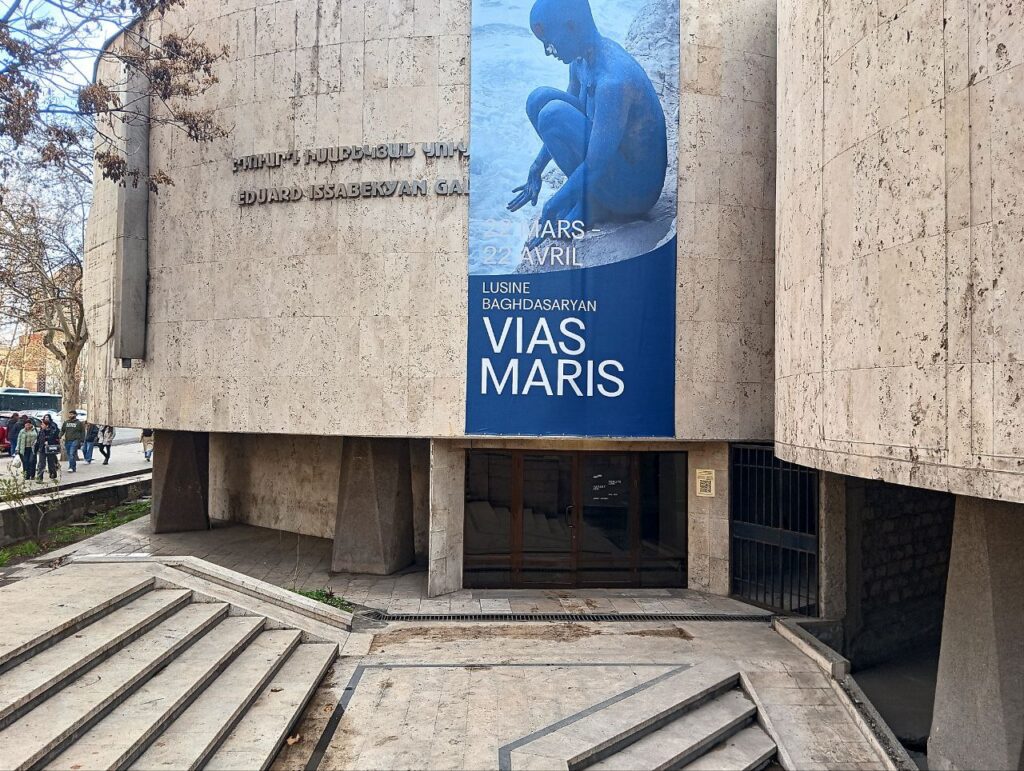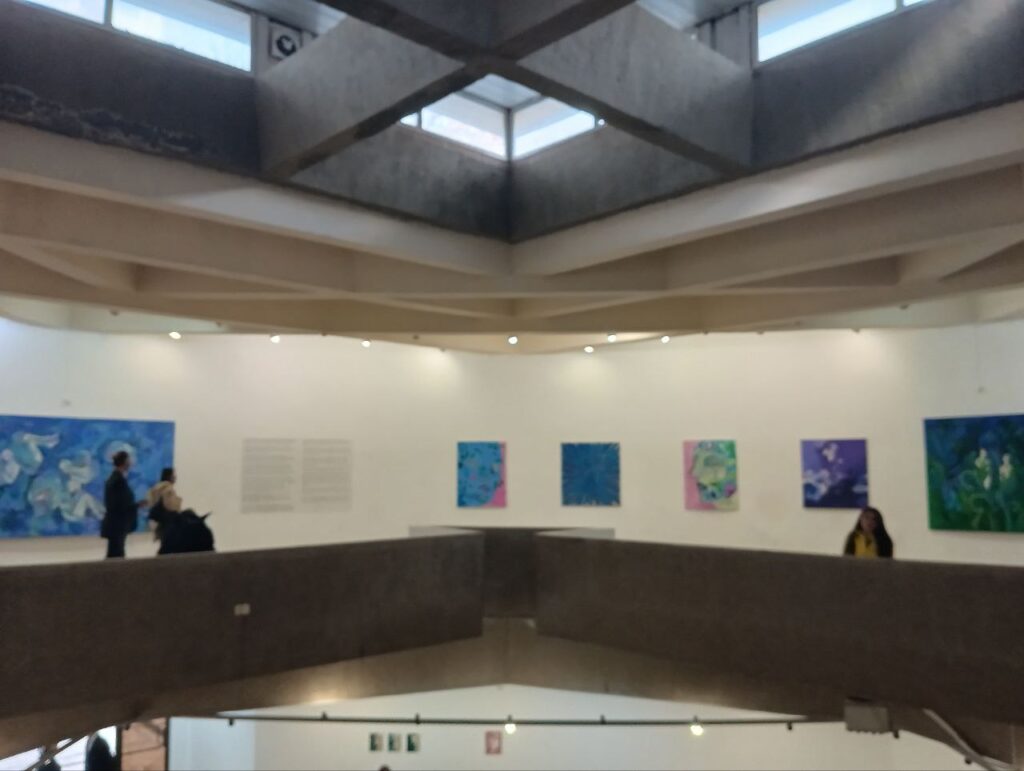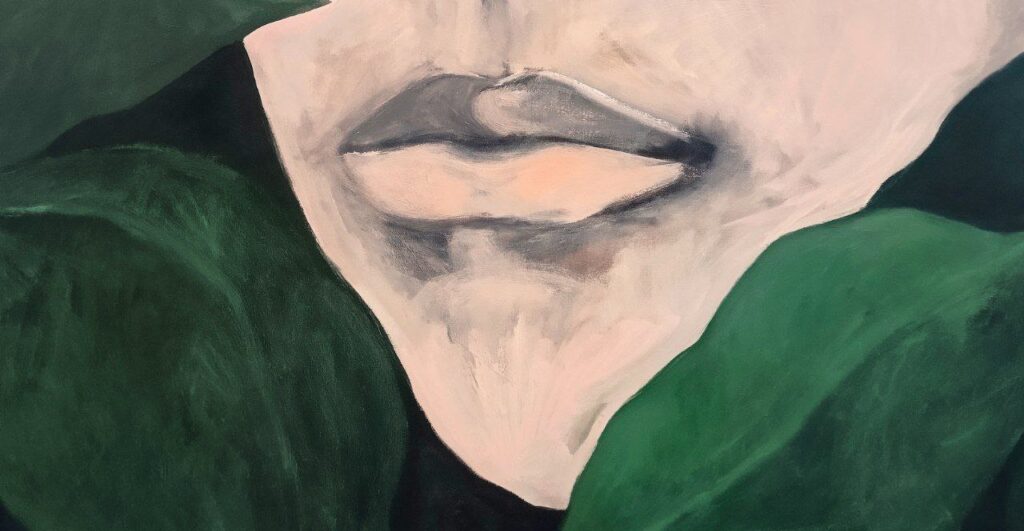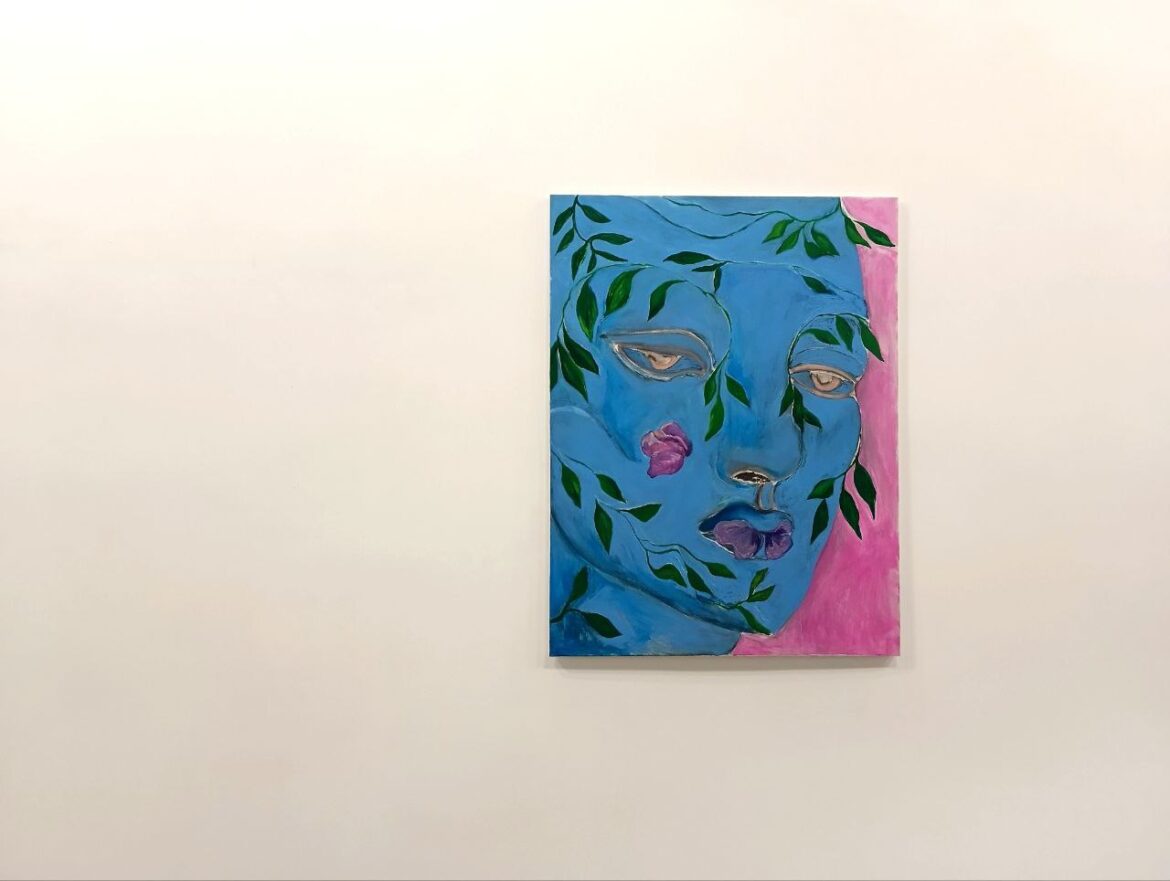In today’s global cultural industry, we’ve come to expect a certain vocabulary. Phrases like “sustainability,” “equity,” “decolonization,” and “cultural heritage” are the new lingua franca of international partnership, brand identity, and soft power diplomacy. These terms act as signals—markers of alignment with democratic values and global consciousness. But as these ideas become increasingly institutionalized, there’s a risk that they lose their bite.
We all know the drill: climate change, social inequality, overconsumption, the preservation of memory. These aren’t fringe concerns—they’re planetary ones. And yet, public trust in these narratives seems to be eroding. While governments and corporate giants tout climate action, vast sums continue to flow not toward communities, but into the hands of global corporations. Climate skepticism isn’t just a fringe belief anymore—it’s embedded in the middle-class concept. “The Arctic is far away.” “The water still looks clean.” “Forests are everywhere.” As if the absence of visible catastrophe justifies apathy.
But denial doesn’t stall disaster. The crisis deepens, regardless of whether or not people believe it’s real. So what happens when facts fail? If policy and science can’t convince people to care, where do we turn? That’s where art—empathetic, embodied, persuasive—can intervene.

At the HayArt Cultural Center in Yerevan, a small but striking exhibition takes on this challenge. Supported by the French Embassy, the French Institute in Armenia, and KulturDialog Armenien, the show presents two projects by Armenian artist Lusine Baghdasaryan: Renatus, a meditation on the spirit of nature, and Vias Maris (Sea Routes), created during her residency at la Friche la Belle de Mai in Marseille. In both series, Baghdasaryan relies on conventional beauty and combines the painting and the video-performance.
The works share a visual thread: soft, haunting, genderless anthropomorphic figures.. This isn’t nature as backdrop—it’s nature as protagonist. Baghdasaryan taps into one of the oldest tools in the artist’s arsenal: personification. Here, it’s not a gimmick—it’s a strategy. The natural world becomes embodied, able to express itself through silent gestures, lingering gazes, and quiet melancholy. These figures aren’t only symbolic—they’re witnesses. They seem to watch us as much as we watch them, often with an expression of subtle alarm, as though caught off guard by our presence.
There’s a quiet power in this kind of representation. By placing the human body—its vulnerability, its sensorium—at the center of the work, Lusine Baghdasaryan reframes the conversation about climate. The body becomes a bridge, a medium, a shared territory between the organic and the technological, between biology and culture. As media theorist Marshall McLuhan declared, “the medium is the message”—and here, in Lusine Baghdasaryan’s work, the message is clear: our bodies belong to nature just as much as they do to modern life, we cannot escape that bond, but it can help us find out the interdependence of nature and culture.
Sound plays a vital role in the show’s immersive environment. At the opening, sound artist Vardan Harutyunyan invited the audience to co-create a living soundscape—shaping and reacting to the space in real time. The result is a meditative, sensorial experience. Within HayArt’s complex architecture the exhibition feels like a sanctuary. It invites stillness, reflection, and a reorientation of values. It evokes the idea of a sacred garden, a symbolic return to trust between humans and the earth.
Of course, such trust isn’t easily won—or kept.

The nature motif may be timeless, but in contemporary art, it’s often scrutinized. Depictions of the environment can be reduced to simple aesthetics—pleasant landscapes, surface beauty. But Renatus and Vias Maris resist that flattening. Supported by international institutions and rooted in geographies as different as Armenia and Provence, the projects are impossible to read outside of the cultural diplomacy they reflect. In this sense, the exhibition becomes more than an artistic gesture—it’s also a subtle sign of Armenia’s growing integration into European cultural networks, an indicator of alignment with global values.
And yet, the climate crisis continues to operate unevenly across the globe. In Armenia, where urgent economic and social concerns dominate, environmental issues are rarely top of mind. Ecology can seem like someone else’s problem—an external agenda imposed from the outside. But environmental collapse doesn’t wait for consensus. Nature suffers in the silence just as much as it does in the spotlight. In fact, the silence may be more dangerous.
Baghdasaryan’s work doesn’t moralize—it speculates. What if our comforting, human-like images of nature are illusions? What if those sensitive, soulful figures suddenly stripped off their human masks to reveal something colder—something indifferent? Ancient. Alien. What if nature has already stopped playing human?

There’s another story being told here—one about preservation of culture itself. HayArt’s ongoing architectural restoration speaks to this broader ethic. Built in 1985, the building’s iconic cylindrical design once floated above the city on open-air volumes—until they were encased in glass for extra floor space. That glass is now gone. The building, like the exhibition it houses, is being slowly, carefully returned to itself.
Text and Photographs by Katya Chernova
Exhibition: Vias Maris
HayArt Cultural Center, Mashtots Ave. 7a
March 22 – April 22
Monday-Saturday, 11:00 AM – 7:00 PM
